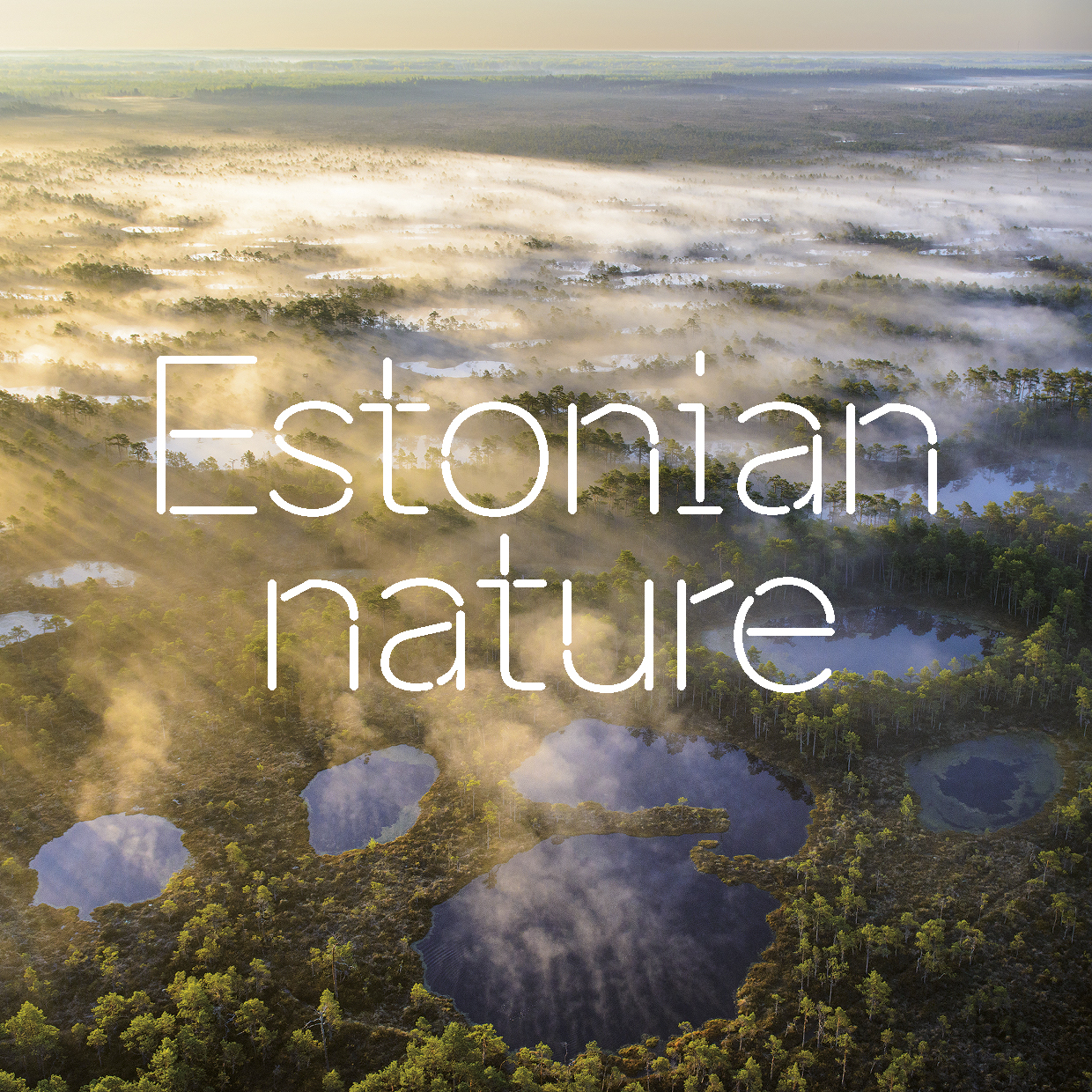
A new publication “Estonian nature” is out!
https://estinst.ee//valmis-kauaoodatud-uus-estonian-nature/Estonian Institute has brought out a new publication, “Estonian nature”, the text of which is written by Kristjan Piirimäe.
http://estinst.ee/valmis-kauaoodatud-uus-estonian-nature/Estonian nature offers an opportunity to take part in an ancient landscape – an environment akin to how Western Europe might have appeared in the early Middle Ages. Half of the country is covered in forest. Wolves, bears, and lynx roam freely.
The last glacier receded from Estonia 11,000 years ago, and traces of the Ice Age still stand out clearly. Not long ago, the entire country constituted a huge archipelago of swamps. Moist areas are at the landscape’s core to this day, and are a universal sanctuary – sites, where animals can reproduce in peace, and where humans once hid from their enemies.
Man doesn’t solely play a negative role in Estonian nature. Some of the most critical biomes include semi-natural primeval landscapes, a range of meadows, and pastures. Coastal meadows are prized nesting and resting sites for flocks of migratory birds.
A great part of Estonian intellectual life (in addition to physical work) revolves around the country’s nature. Former Estonian President Lennart Meri and authors Valdur Mikita, Anton Hansen Tammsaare, and Andrus Kivirähk are a handful of Estonian legends quoted in the publication.
The public presentation of “Estonian nature” takes place on Tuesday, June 13, 2017, at 17 o’clock in the courtyard of the Estonian Museum of Natural History (Lai 29a, Tallinn). The author of the text, Kristjan Piirimäe, will speak. A guided tour of the museum’s exhibition “Secrets of the Ancient Sea” will take place at the presentation – http://kultuur.info/event/exhibition-secrets-of-the-ancient-sea/.
The book can be explored in the Tallinn office of the Estonian Institute (Suur-Karja 14) and it can be ordered through the following form on the webpage of the Estonian Institute – http://estinst.ee/prints/eesti-loodus-2/.
The web version of the nature publication can be found here – http://estinst.ee/wp-content/uploads/2017/05/Loodustrykis_www.pdf.
Contact:
Estonian Institute in Tallinn
estinst@estinst.ee
Suur-Karja 14, Tallinn 10140, Estonia
+372 631 4355
